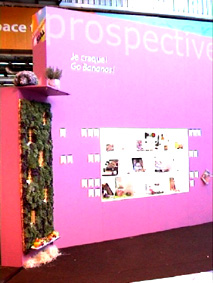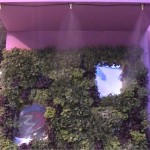Agriculture Design Assignment – Argentina 3 / the biodiversity which has to be protected
March 23rd, 2009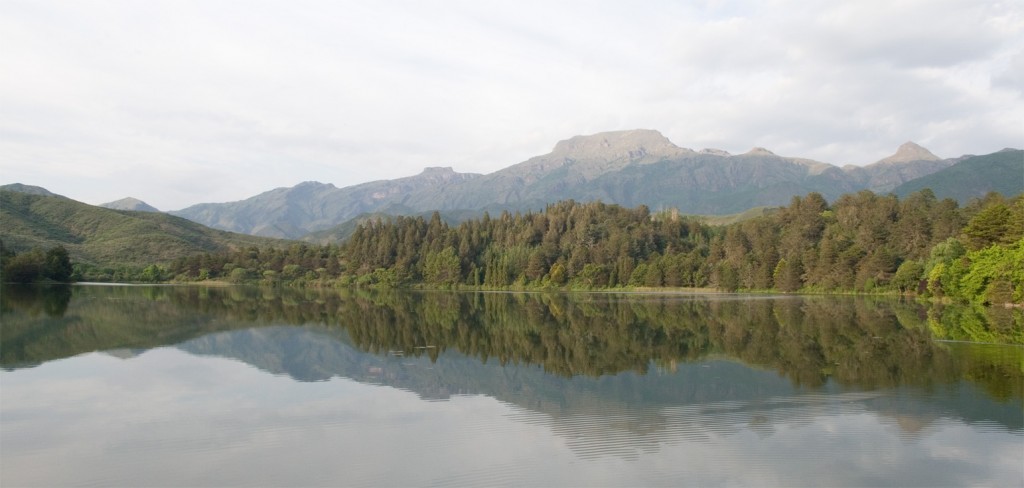
- The pastures with their cocktails of Medicinal plants and the Rubioceas which can give maximum productivity in meat with the equal quantities of forrage, a quality that only nature can produce :
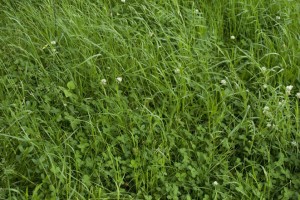
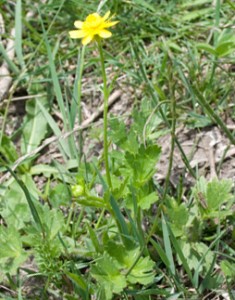
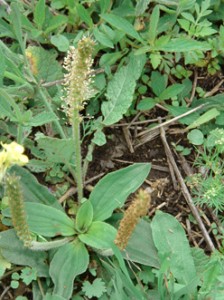
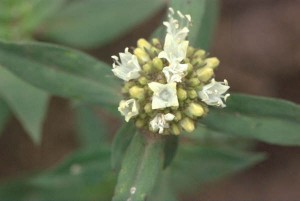
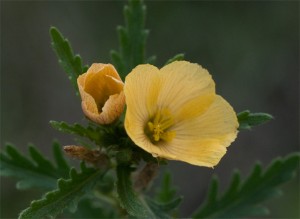
- auxiliary insects which feed on the pests and the necrophage insects that transform cow shit into fertilizer :
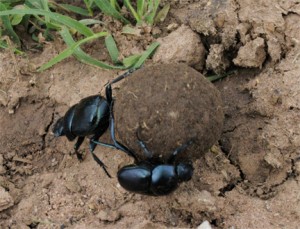
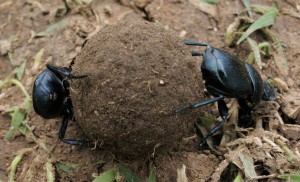
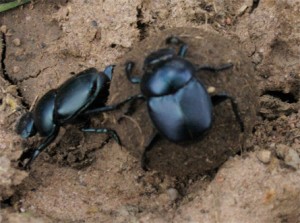
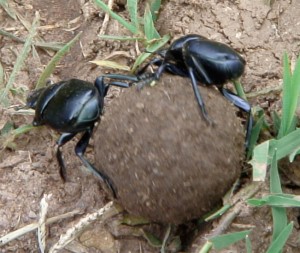
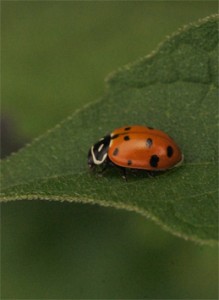
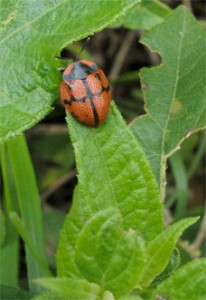
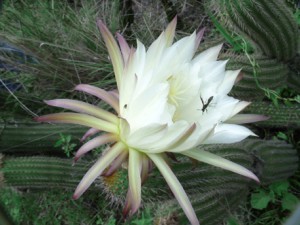
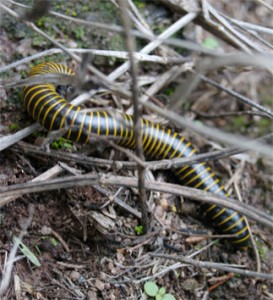
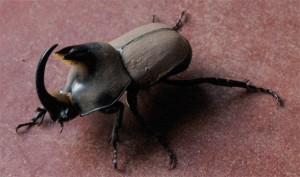
- Psylocibes and necrophage fungi which transform carbon into sugars which they exchange with the plants directly at their roots where they need it, thanks to their Mycelial net.
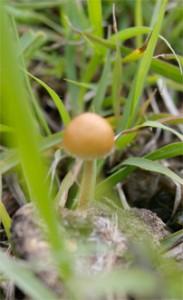
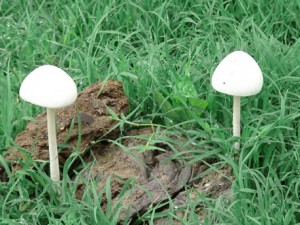
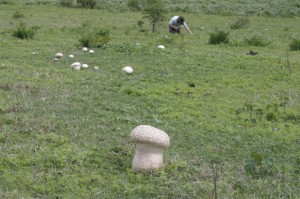
All these beings are the best allies of the agricultor, the guaranty of a sane and rich forrage.

But many are those unaware of this and prefer more radical ways.
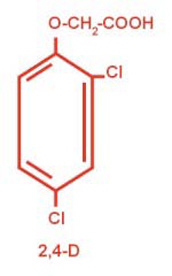
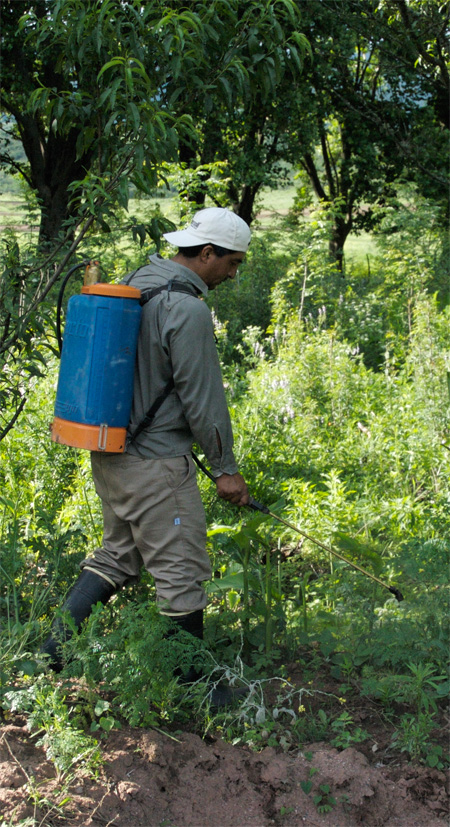
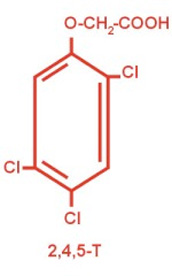
Here are two organochloride molecules which have been invented in 1942 to put an end to the Second World War by creating a weapon capable of readicating the soil, all cultures, defoliate all vegetation to spread famine. Added to a detergent so that in can penetrate more easily in the cells of the plants, it is sadly famous under the name of “Agent Orange”. Note that the carbon links of both molecules are very stong and not easy to degrade by nature. Here, near the big house, you see a man weeding the banks of the stream which brings the water to be used by the people in the village… These mollecule have been invented by synthetising growth hormones of the rice… According to Professor Séralini of the University of Caen, with dosis 100 000 less strong than the one suggested to any gardener, they provoque necrosis on the placentas pregnant women.
This what is used here to weed: our mission is to show that these weeds are not altogether bad, nor competing with the cultures… Our aim is toshow that some are helping the cultures and it needs observation and a good managment of sowing to turn some weed in the best allies possible for the cultures. And all this use of potentialy dangerous products, what is it for? to grow genetically engineered soja (GMO) modified in order to resist to such products… You can see above the 3rd crop in three years of GMO soja 25 days after sowing… no more bigger than the “weed” which have been sprayed 3 times since sowing; there is no much more than one seedling of soja every 2feets…
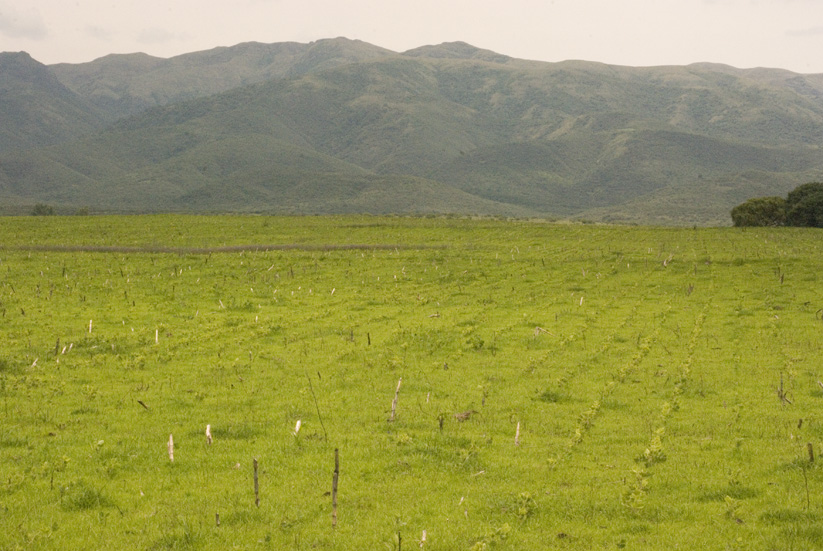
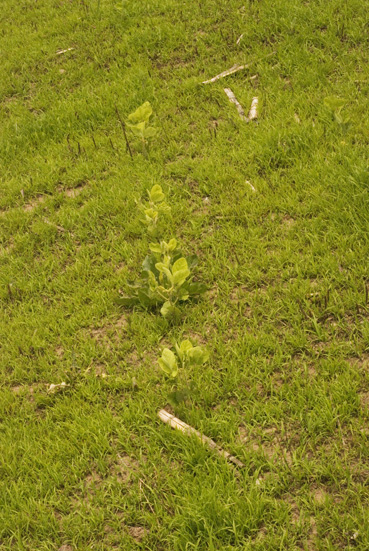
In Argentina the price of such products have raised 25% in 2008 and it is said that the raise willbe stronger in 2009 … to spend so much money on so mediocre results… anyway from our experience on this site the experience is far from successful … Not to mention that all the biodiversity shown above have disappeared from these fumigated fields.
Argentina is now one of the biggest users of these chemical products for its’ agriculture. Today, more than 60% of the Argentinian meat is bred in “feed-lots”, also fed with GMO corn and soja. In January 2009, the Argentinian government has asked the medical and biochemical university of Buenos Aires a report on the sanitary impact of the agriculture on the people at a national level, due to be released in 4 years.
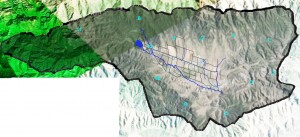
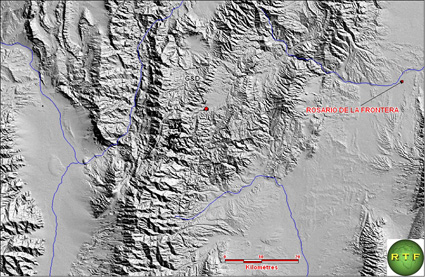

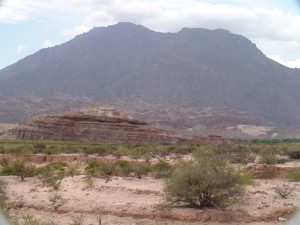 See the mountain in the back of the panoramic photo? This is what the other side of the mountain looks like.
See the mountain in the back of the panoramic photo? This is what the other side of the mountain looks like.
